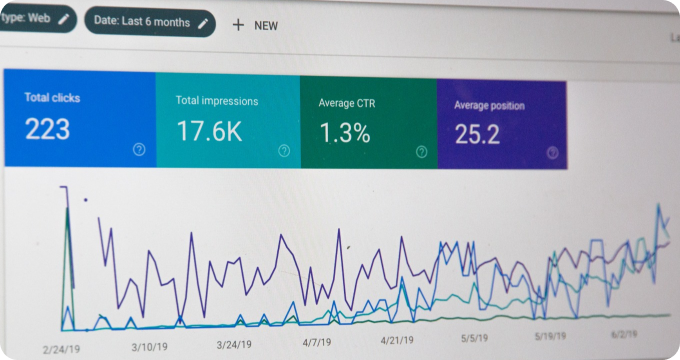What are Product Cost Management Software Solutions and How Do They Work?
- January 02, 2024
- 2 minutes
In the domain of business and economics, the concept of cost management is far from novel. However, the technological advancement, particularly the rise of Product Cost Management (PCM) software, provides a modern twist to this age-old practice. PCM software is a technological solution designed to aid businesses in understanding, managing, and reducing the costs associated with their products throughout their lifecycle.
The cornerstone of PCM software solutions is a fundamental economic theory known as cost analysis. This theory breaks down the total cost of a product into several components, including direct labor cost, direct material cost, manufacturing overhead, and selling and administrative expenses. PCM software solutions leverage this theory by providing a systematic and automated method of calculating these costs, therefore offering businesses a granular view of their product's financial footprint.
These software solutions may be considered a subset of a broader category of business software known as Enterprise Resource Planning (ERP) systems, which aim to integrate various business processes into a unified system. However, the key distinguishing factor is that PCM software solutions focus specifically on product costs, providing a detailed analysis that goes beyond the general financial modules found in typical ERP systems.
PCM software solutions operate on two primary methodologies: Bottom-Up Costing and Top-Down Costing. The underlying mathematical principles of these methodologies stem from Statistics and Econometrics.
The Bottom-Up Costing approach suggests that the total product cost can be estimated by aggregating the costs associated with the smallest components of a product. This method is advantageous in that it allows for a highly detailed cost estimate, and it is particularly useful in the early phases of product development when cost optimization is crucial. However, this level of granularity necessitates a hefty time investment, and small mistakes in cost estimates can compound, leading to inaccurate results.
On the other hand, the Top-Down Costing approach works in reverse. It starts with the total cost, which is then distributed among the various components based on their proportionate usage or contribution to the product. The benefits of this method include its speed and simplicity, but it may not deliver the same level of detail as the Bottom-Up approach. Furthermore, it assumes that costs are proportionately distributed, which may not always be the case.
In the era of globalization and fierce competition, the significance of PCM software solutions becomes more pronounced. The laws of supply and demand dictate that a decrease in product cost, while maintaining the quality, can lead to a substantial competitive advantage. This, in turn, can significantly impact a company's market share and profit margins, central tenets of business success as proposed by the Theory of the Firm.
Furthermore, with the rise of corporate social responsibility and sustainability efforts, businesses are increasingly required to consider the environmental and social costs of their products. Here, PCM software solutions can be invaluable. By providing detailed cost data, these tools can help businesses identify and manage these non-traditional costs, thereby contributing to their sustainability goals and positively impacting their public image.
While product cost management software solutions bring many benefits, it is important to remember their limitations. Just like any other statistical model, these tools are based on assumptions and approximations, and their accuracy is dependent on the quality of the input data. Hence, companies should exercise caution while interpreting and using the insights provided by these tools.
Moreover, these software solutions require significant upfront investment, both in terms of software purchase and implementation, and employee training. Firms must therefore weigh these costs against the potential benefits to determine the feasibility of adopting such systems.
In summary, PCM software solutions provide a modern, technological approach to a traditional business practice. By leveraging theories from economics and mathematics, these tools offer businesses a way to manage and optimize their product costs, thus potentially providing a competitive edge in the market. However, like any other business decision, the adoption of these solutions should be undertaken with a thorough understanding of their benefits, limitations, and costs.
Learn More
Unleash the potential of your business by diving deeper into our blog posts, where you can explore the transformative power of product cost management software. For an unbiased, comprehensive view, they are encouraged to peruse our rankings of Top Product Cost Management Software.
Popular Posts
-
 Product Cost Management Software Industry Report: Unveiling Key Findings and Insights
Product Cost Management Software Industry Report: Unveiling Key Findings and Insights
-
 Debunking 10 Myths About Product Cost Management Software
Debunking 10 Myths About Product Cost Management Software
-
 8 Things I Wish I'd Known About Product Cost Management Software Before Implementing It
8 Things I Wish I'd Known About Product Cost Management Software Before Implementing It
-
 What are Product Cost Management Software Solutions and How Do They Work?
What are Product Cost Management Software Solutions and How Do They Work?
-
 Ask These Questions to a Product Cost Management Software Provider to Choose the Right One for Your Business
Ask These Questions to a Product Cost Management Software Provider to Choose the Right One for Your Business






